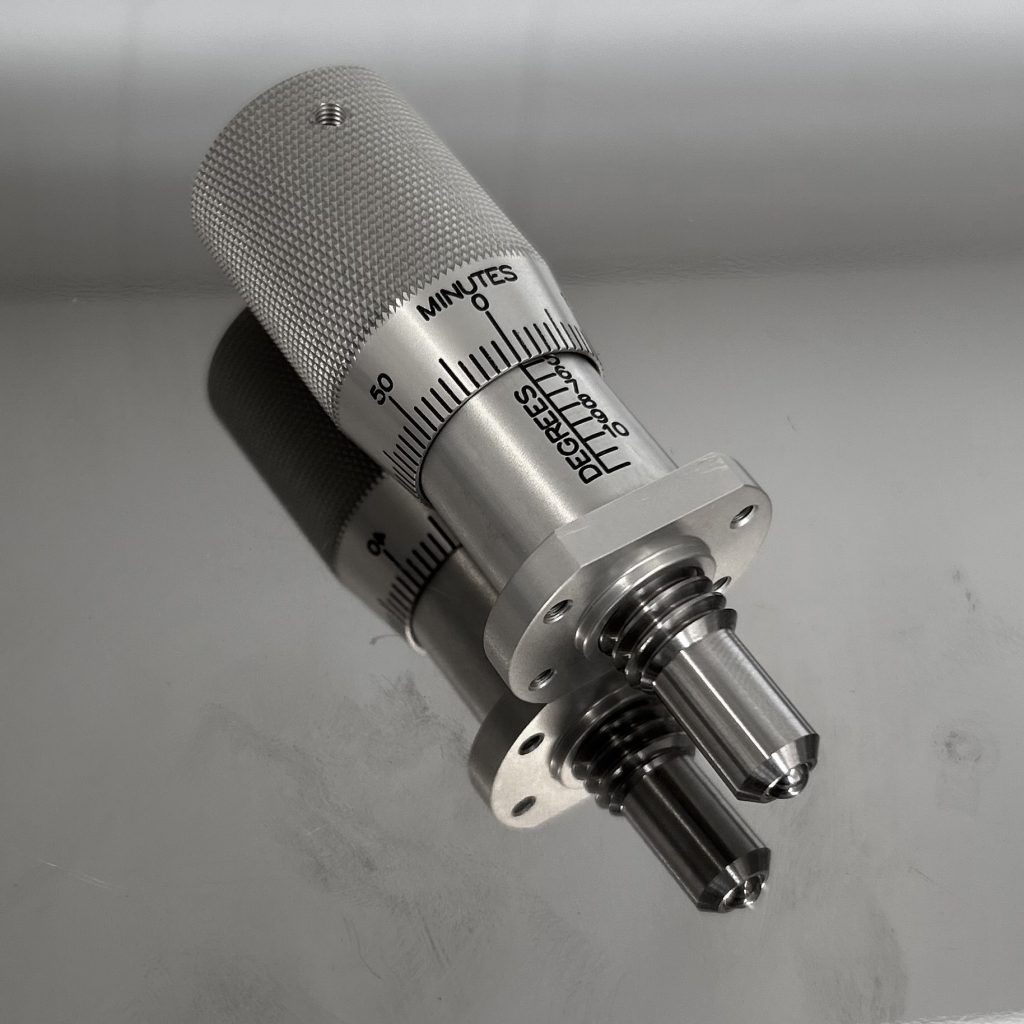A Y-axis turning center, also known as a CNC lathe with Y-axis capabilities, offers several benefits that enhance its capabilities and make it a versatile and efficient machine for various machining tasks.
Here are the key advantages of using a Y-axis turning center:
1. Increased Machining Flexibility: The Y-axis adds an additional axis of movement perpendicular to both the X and Z axes, enabling the cutting tool to move not only along the workpiece’s length and diameter but also across its surface. This flexibility allows for the production of complex geometries, profiles, and features that would be difficult or impossible to achieve with traditional two-axis turning.
2. Complex Contouring and Milling: With the Y-axis, the turning center can perform milling operations in addition to traditional turning. This capability allows for the production of intricate contours, pockets, holes, and other complex features, expanding the range of parts that can be manufactured on the machine.
3. Enhanced Tooling Options: Y-axis turning centers can accommodate a larger number of tools on the turret or tool holder, providing greater versatility in machining operations. This allows for the use of specialised tools and reduces tool changeover times.
4. Complex Part Production: Y-axis turning centers are well-suited for manufacturing complex parts with various features and dimensions. This capability is particularly valuable in industries like aerospace, automotive, medical, and electronics, where intricate and high-precision components are required.
5. Improved Productivity: With reduced setup times, increased tooling options, and the ability to perform complex operations in one go, Y-axis turning centers can significantly improve productivity and throughput, leading to faster production cycles and shorter lead times.
6. Design Flexibility: The Y-axis allows for more design freedom and creativity, enabling engineers and designers to explore innovative part designs and manufacturing techniques.

This tapered engraving is only possible with simultaneous X, Y, Z & C axis machining.
Flats are machined using Y-Axis movement.
